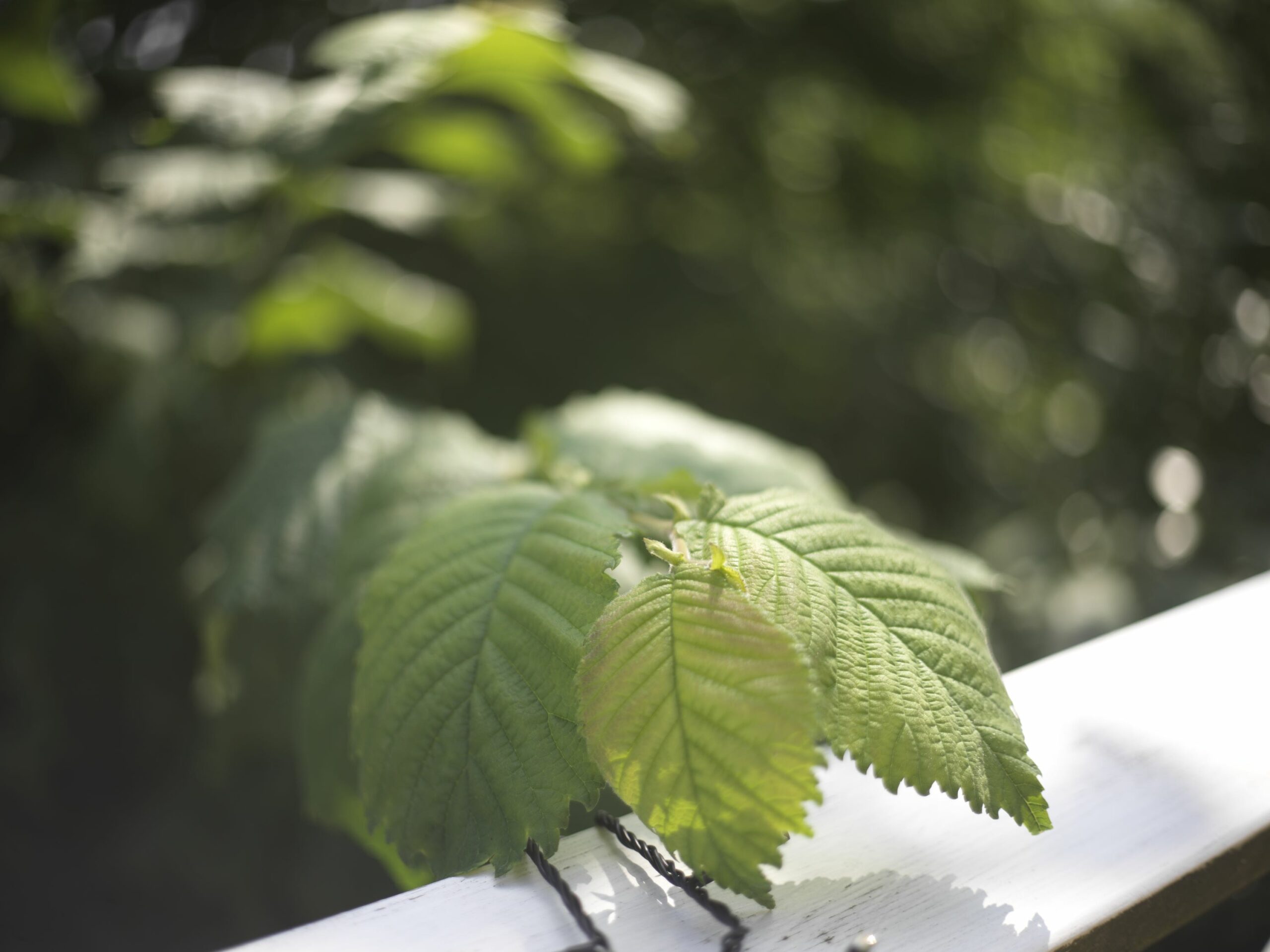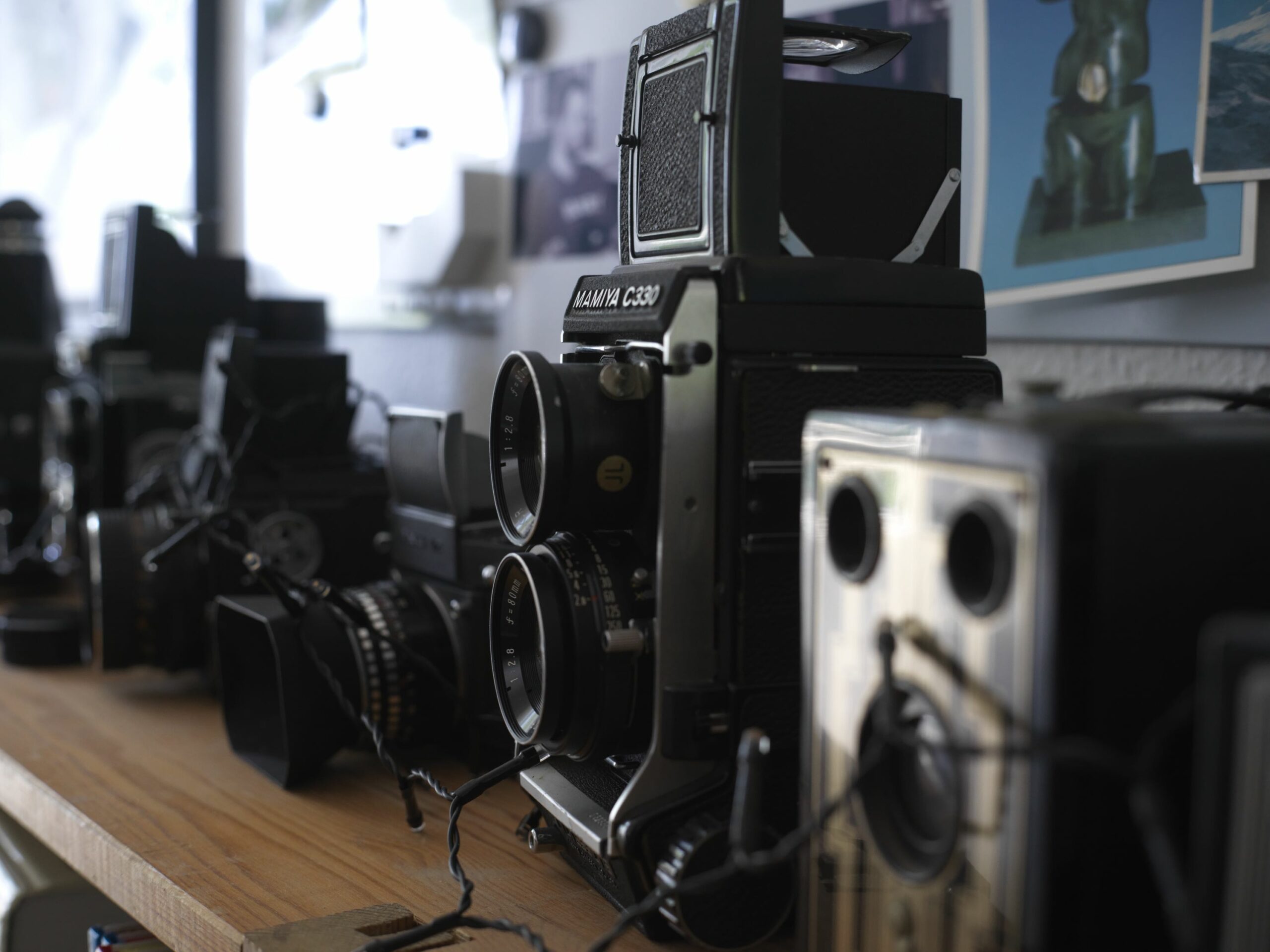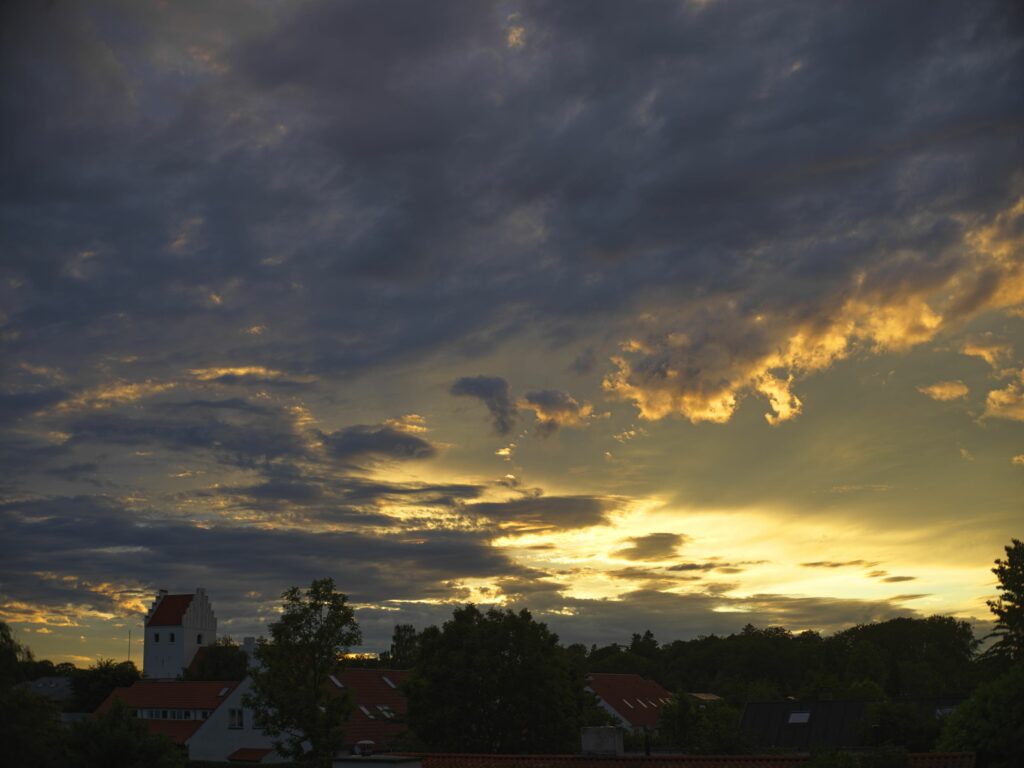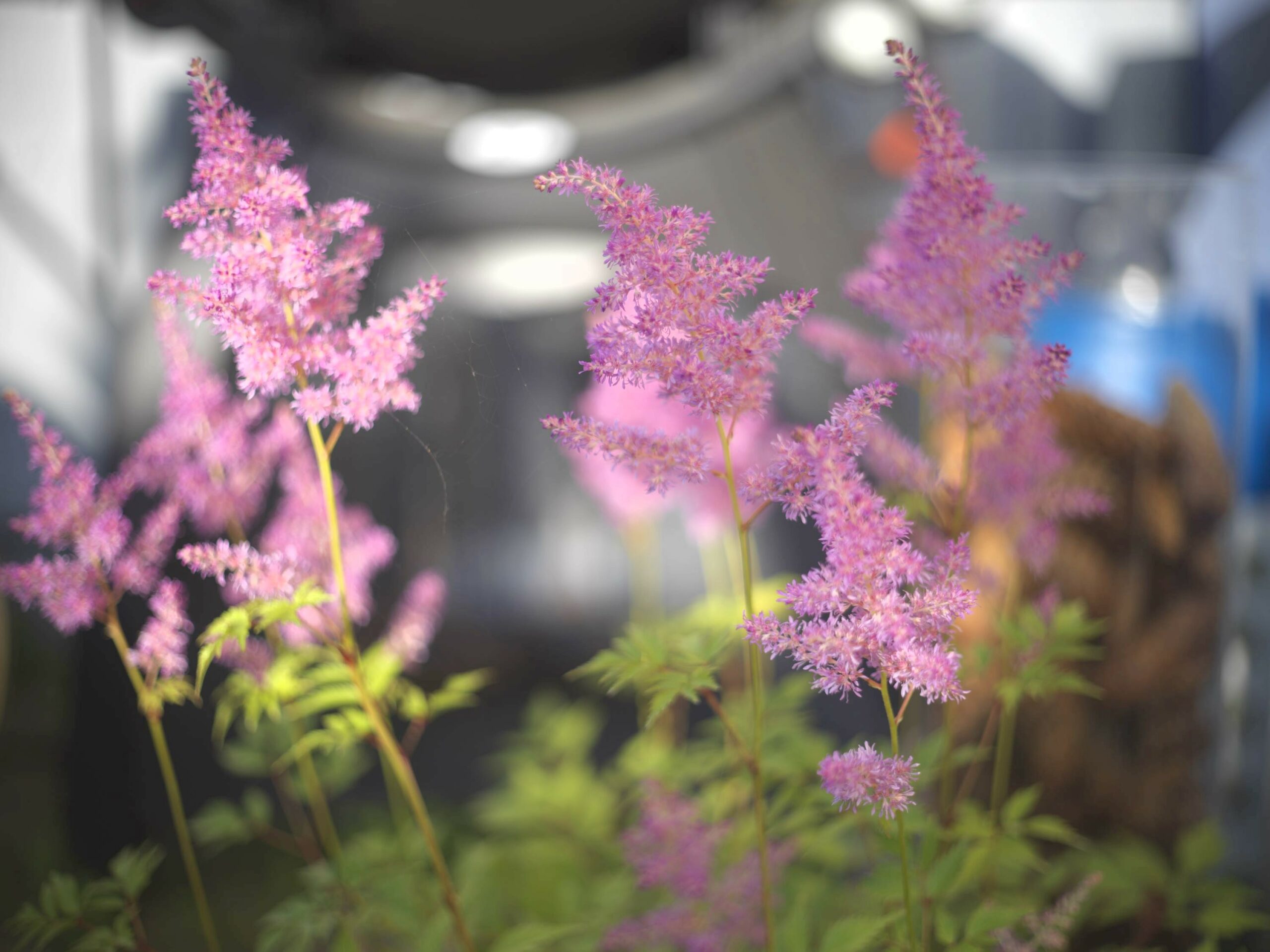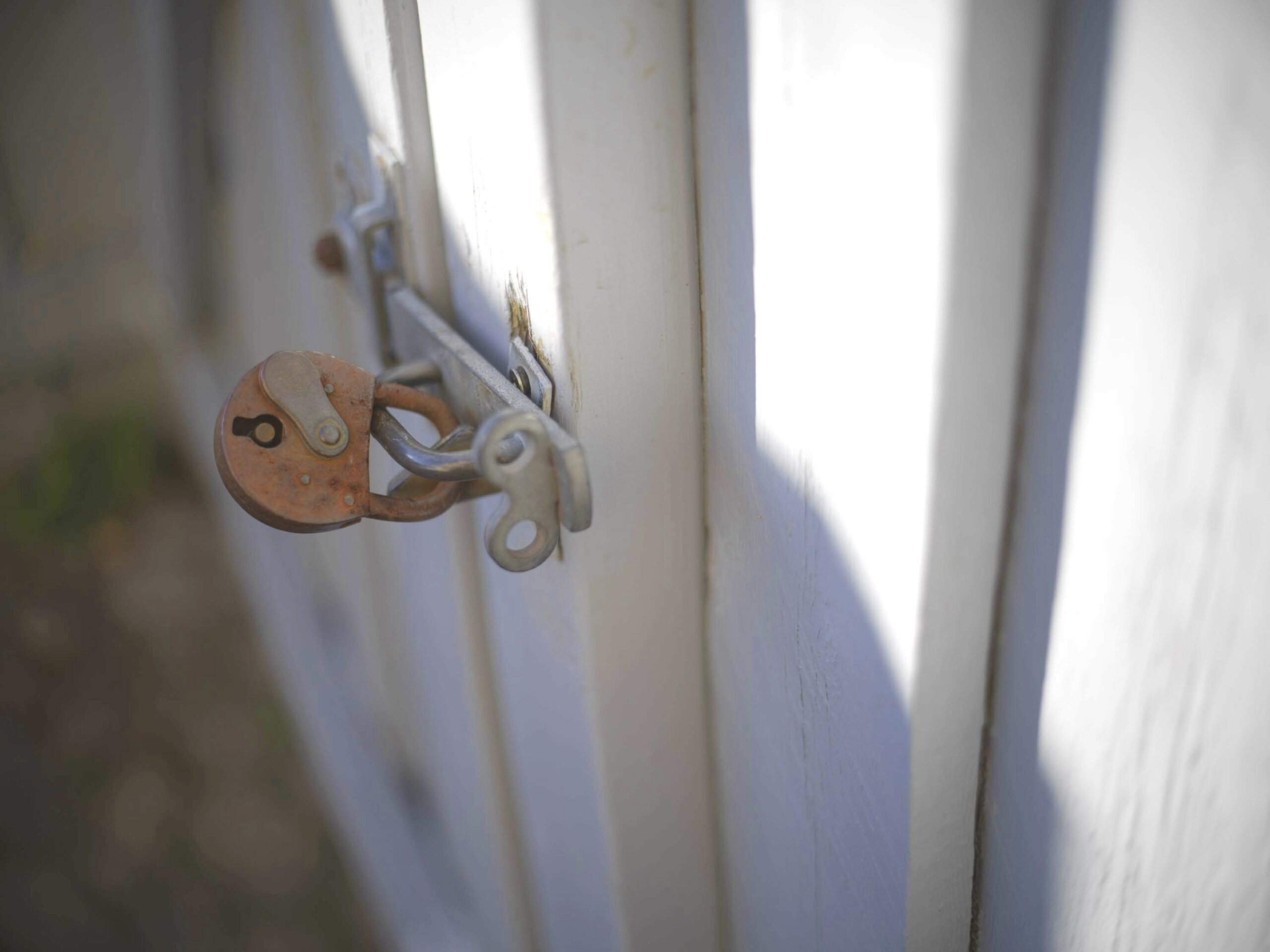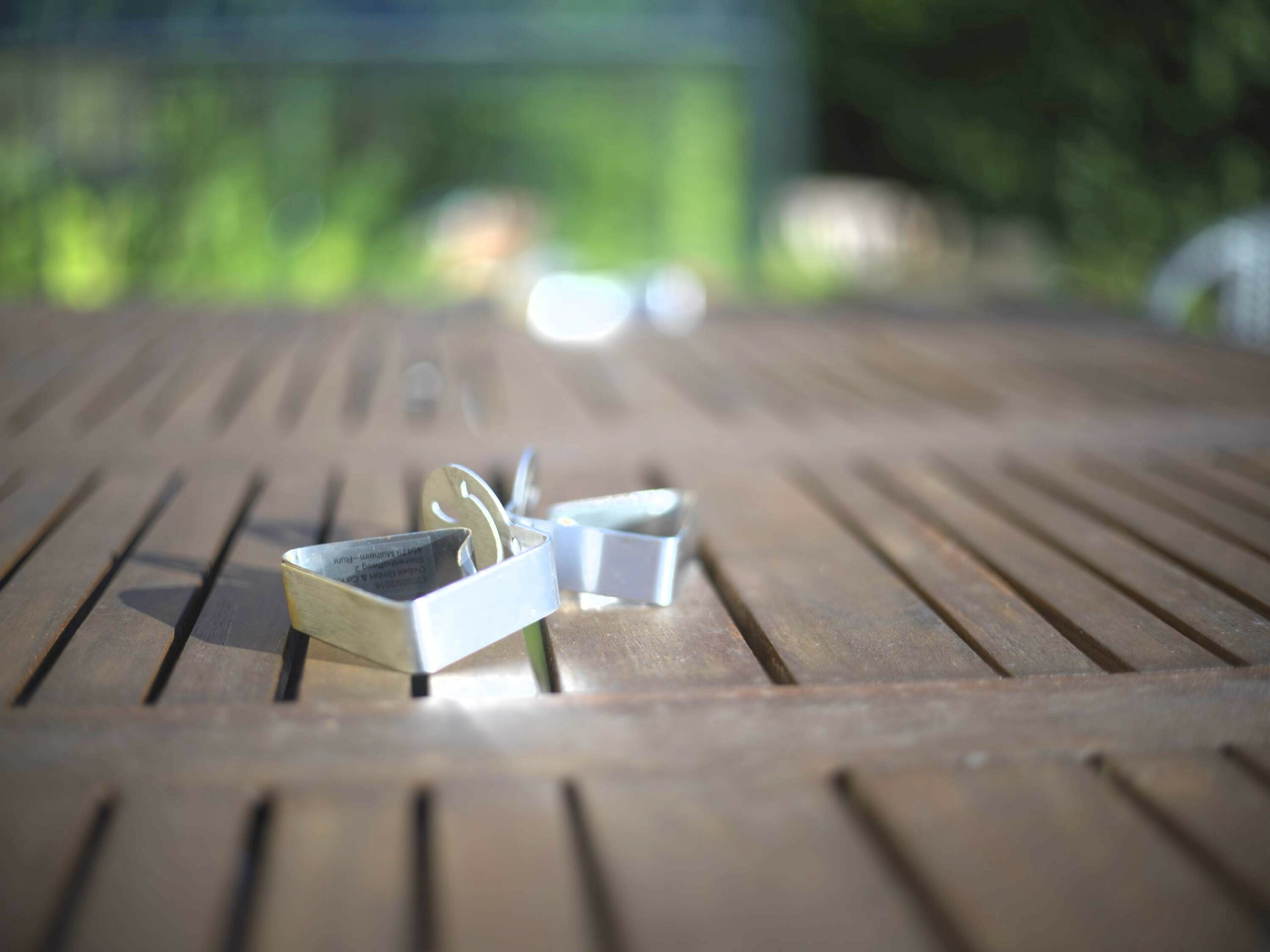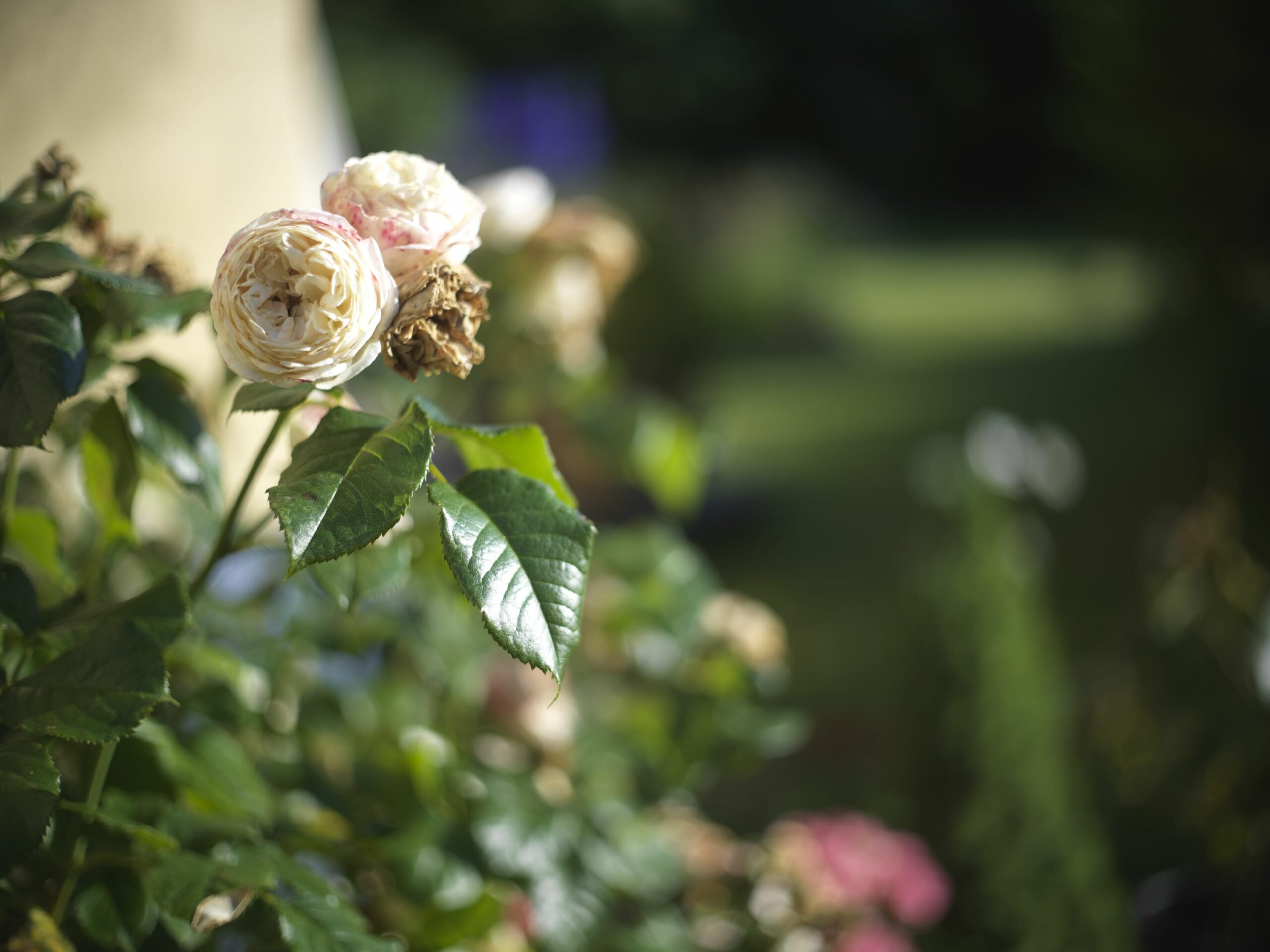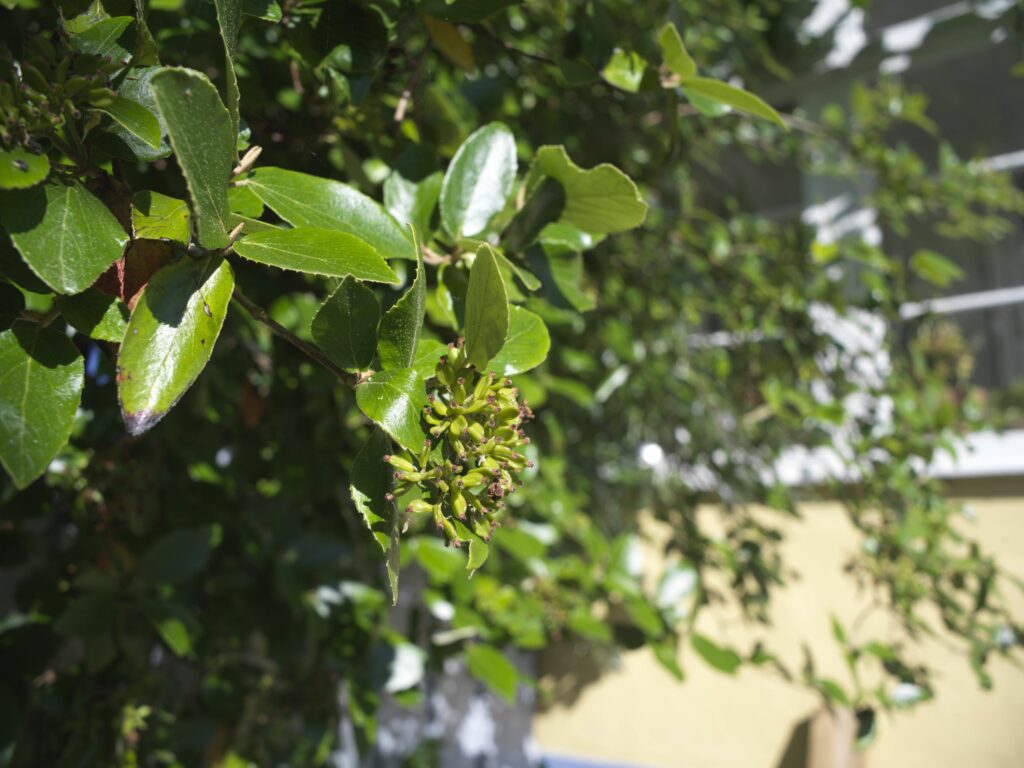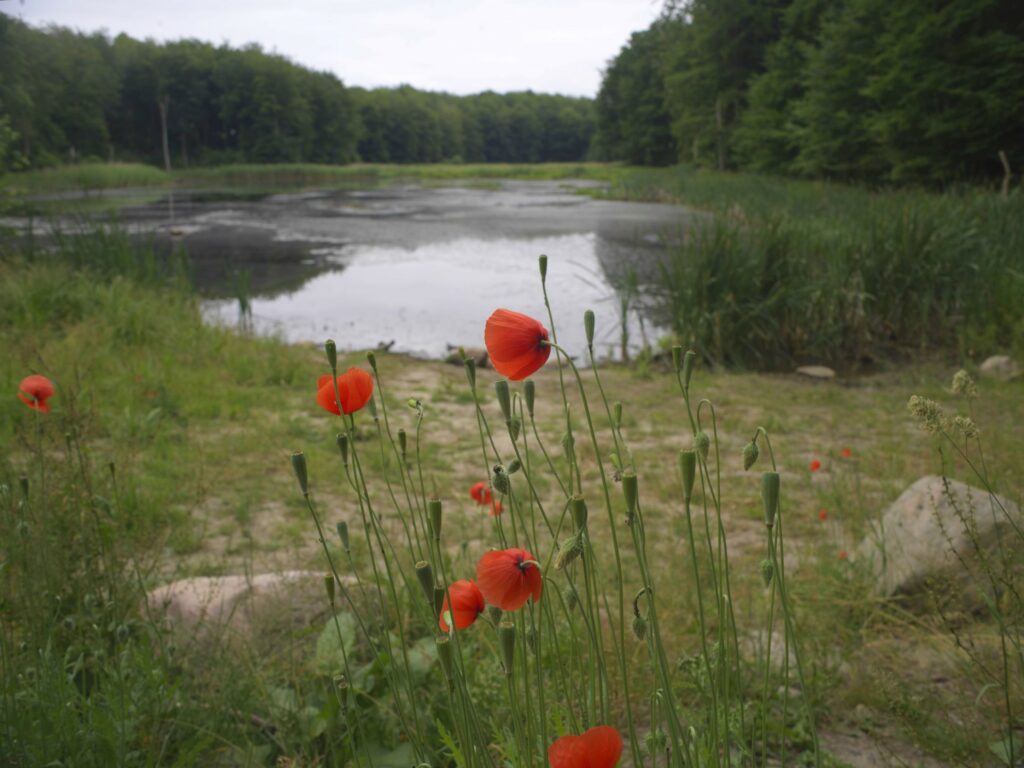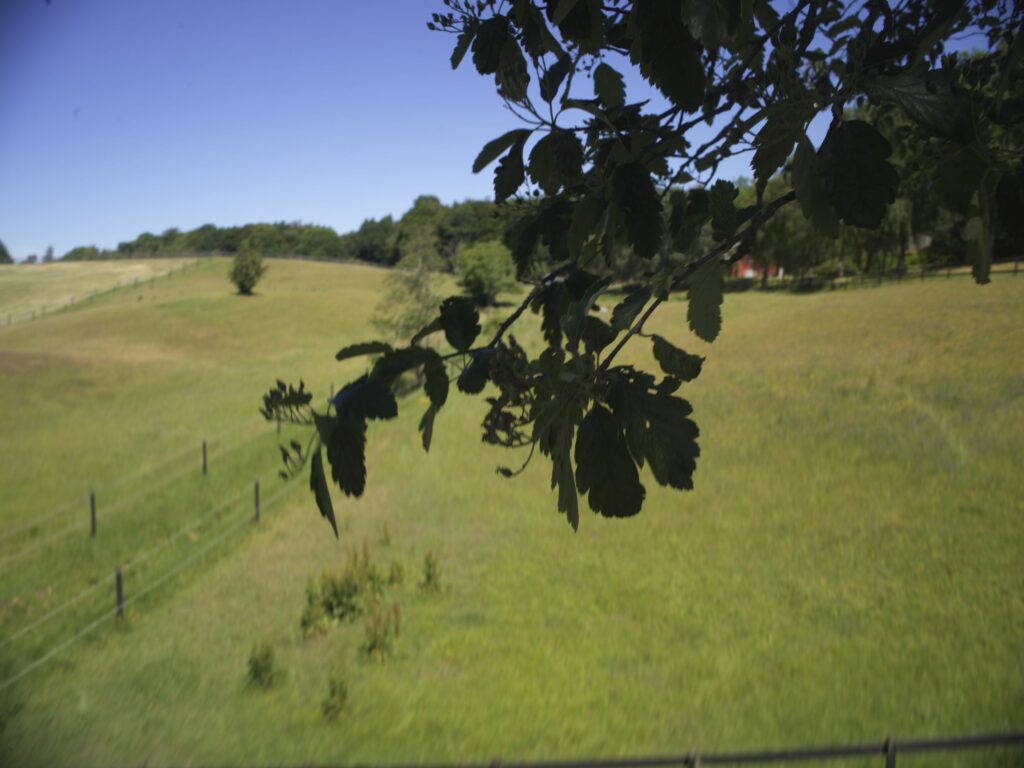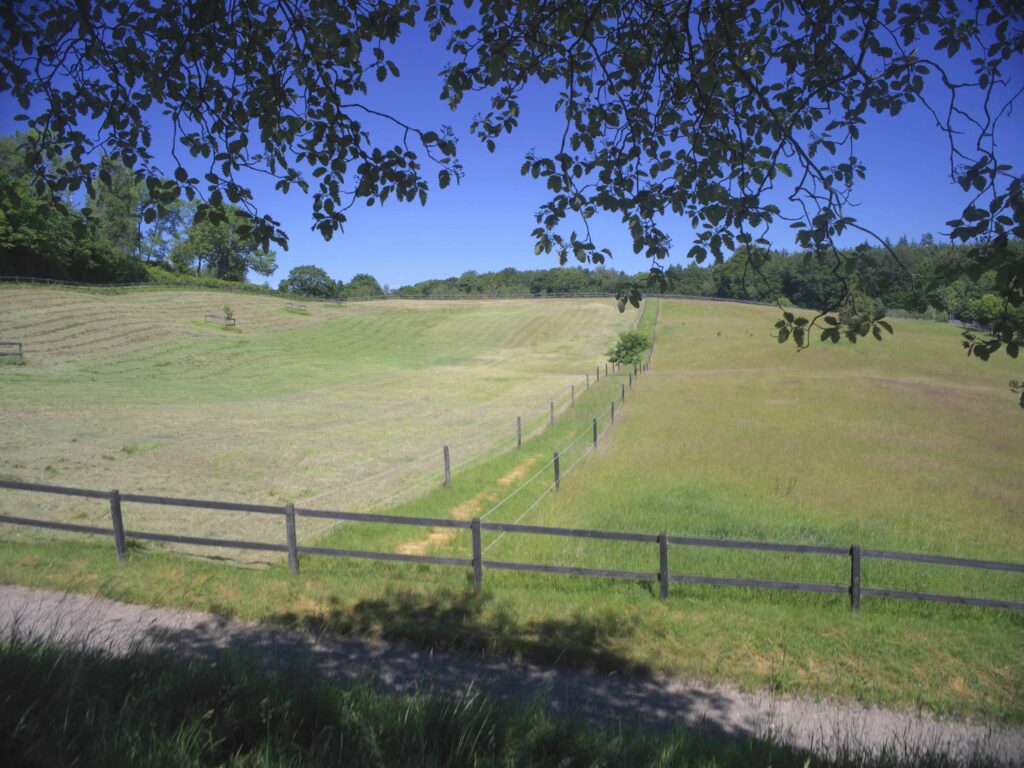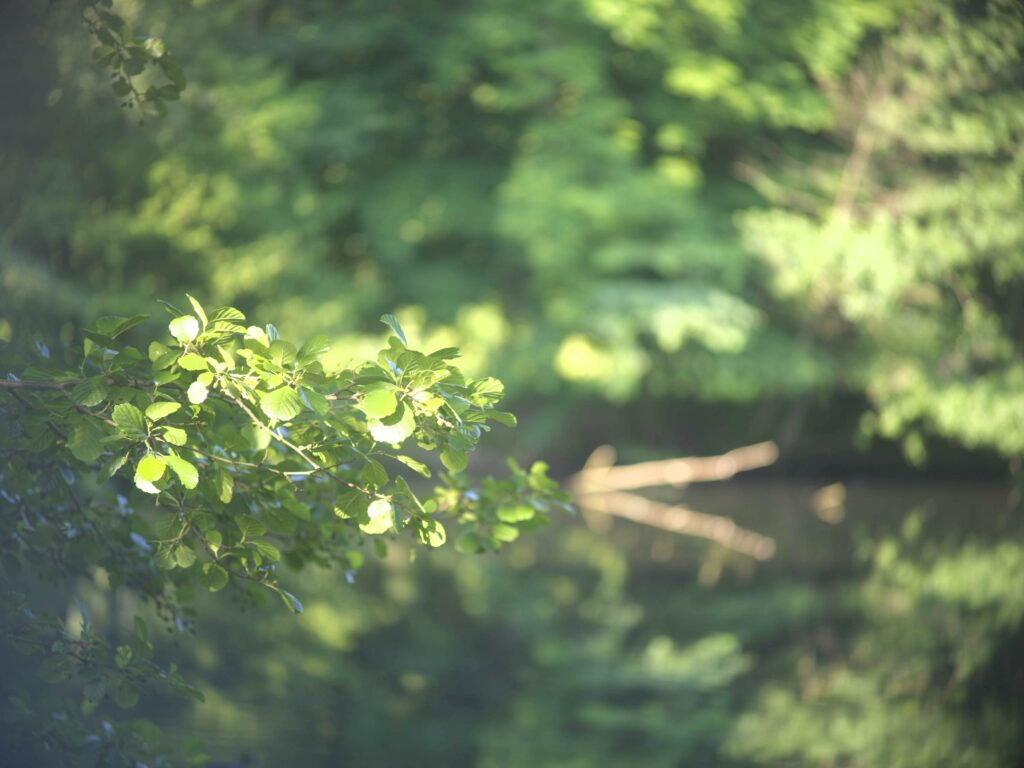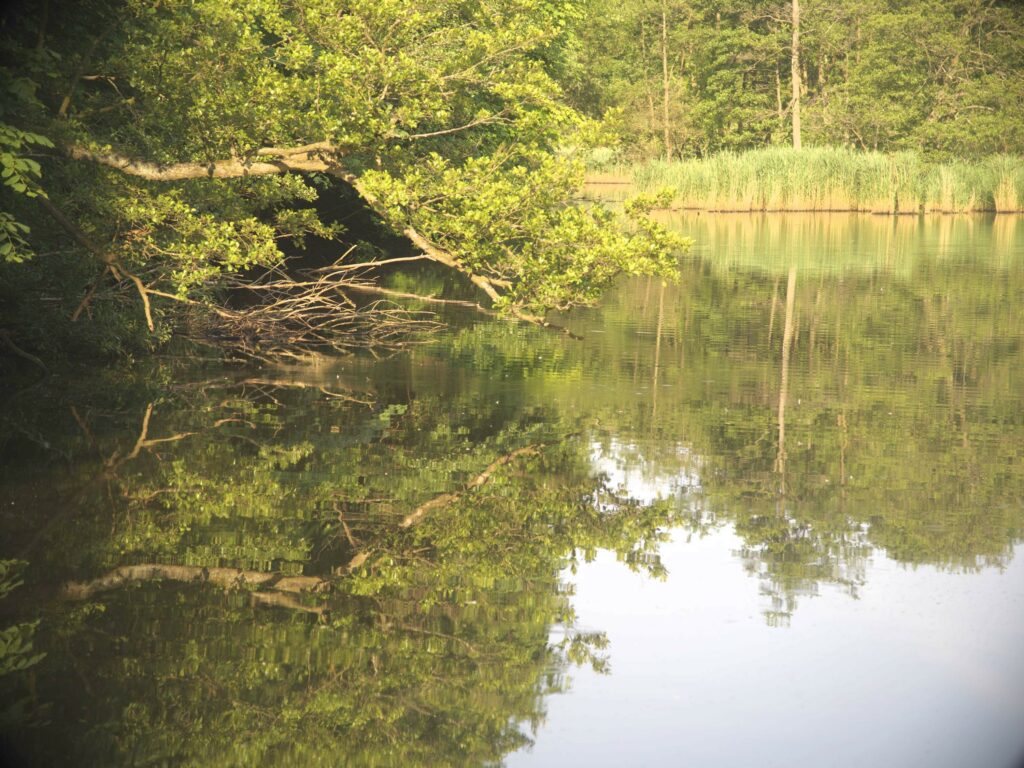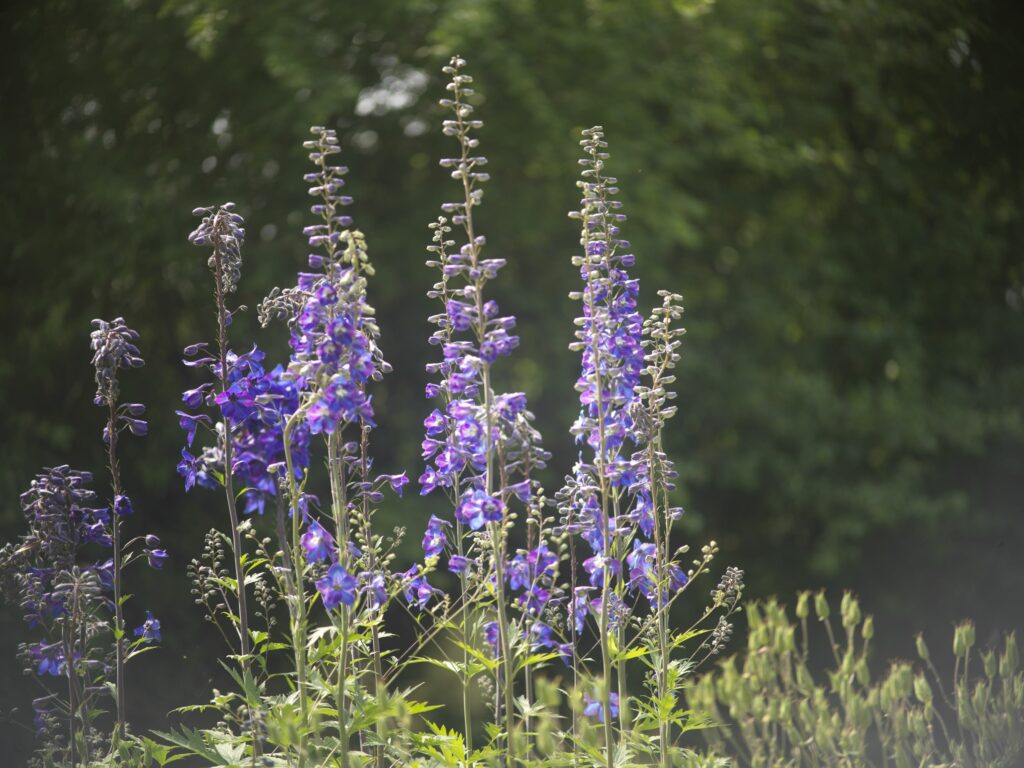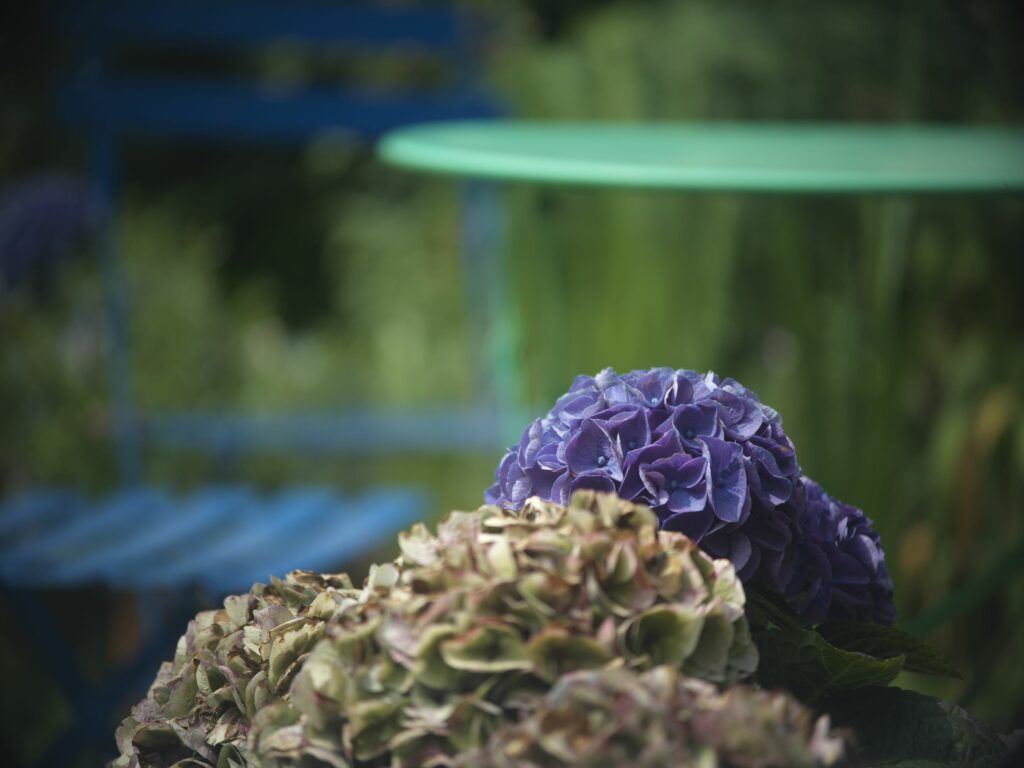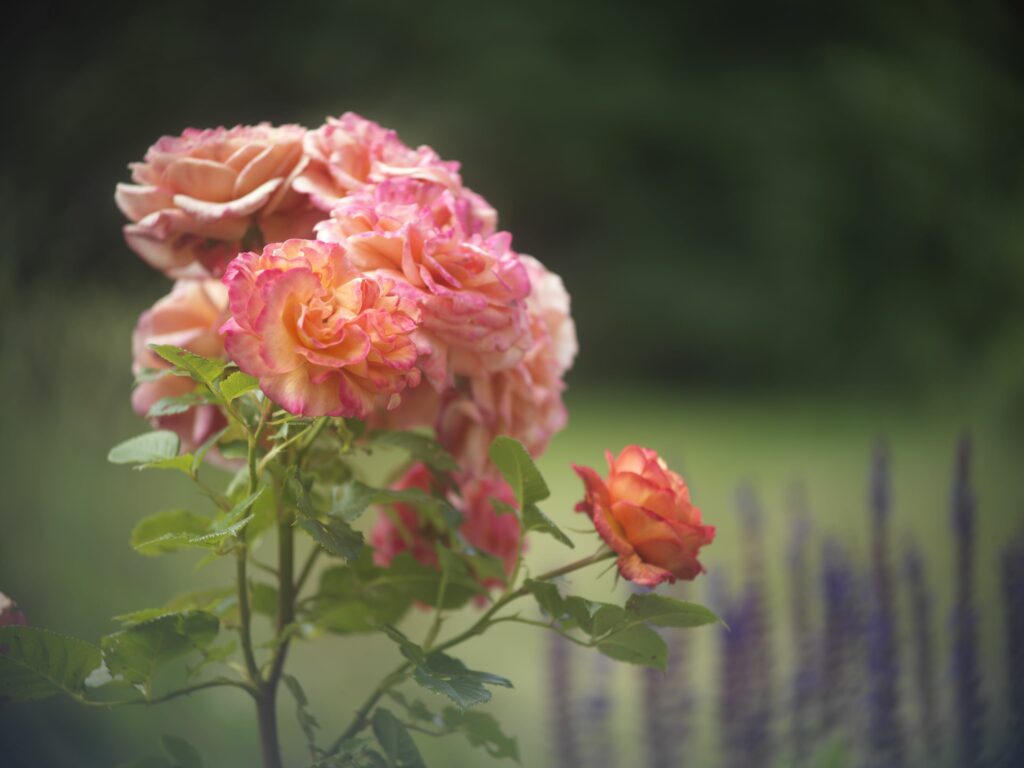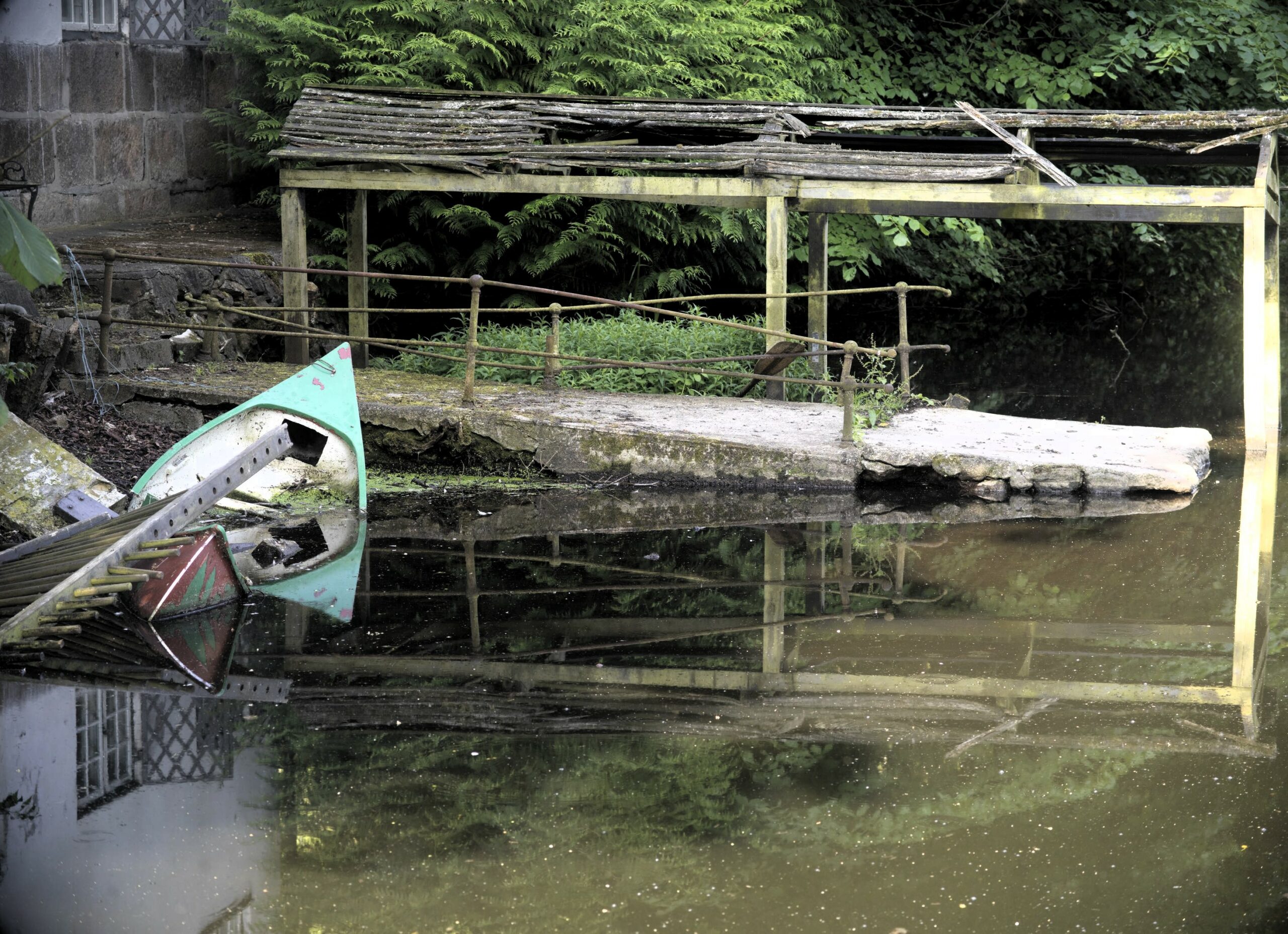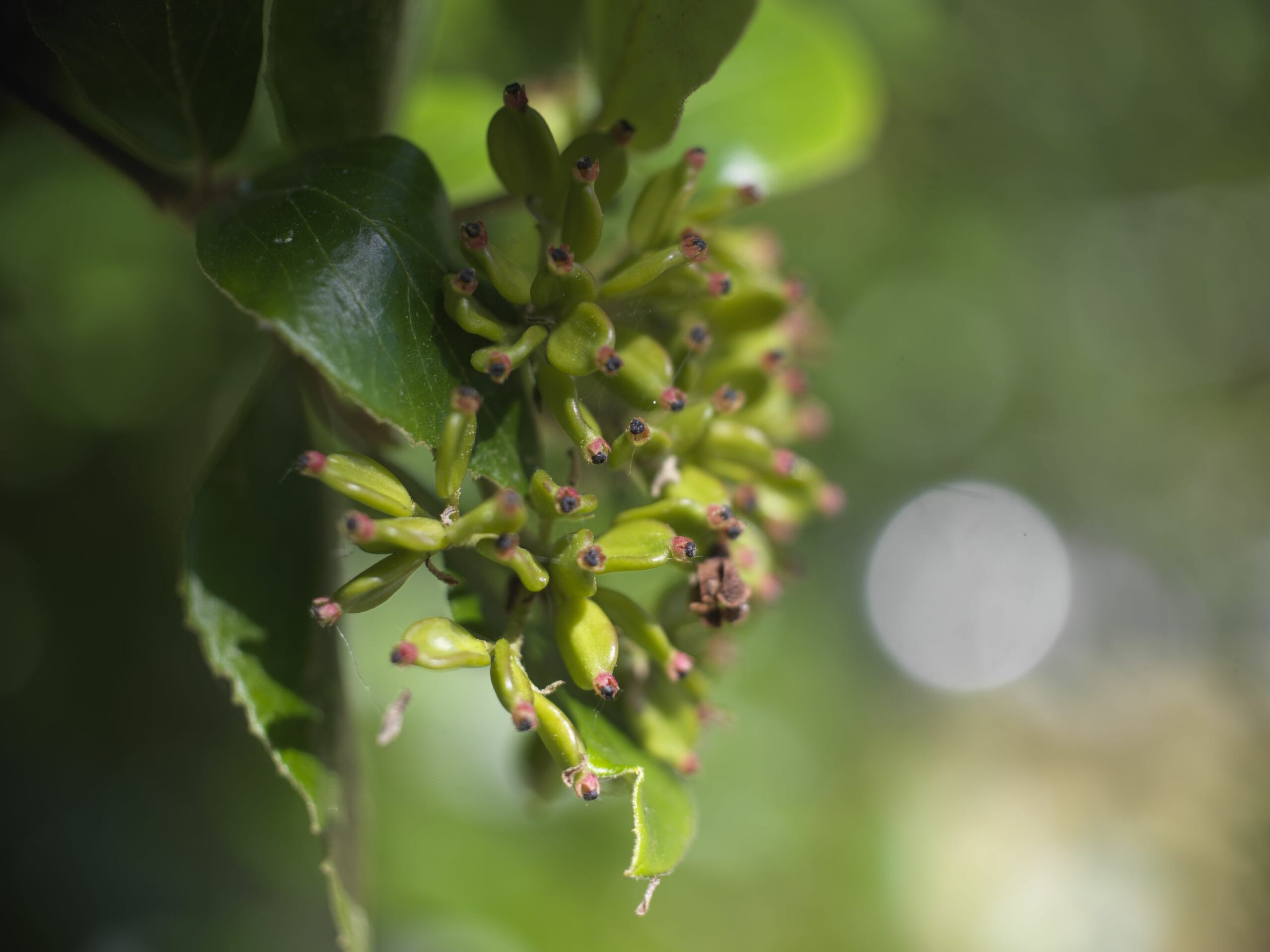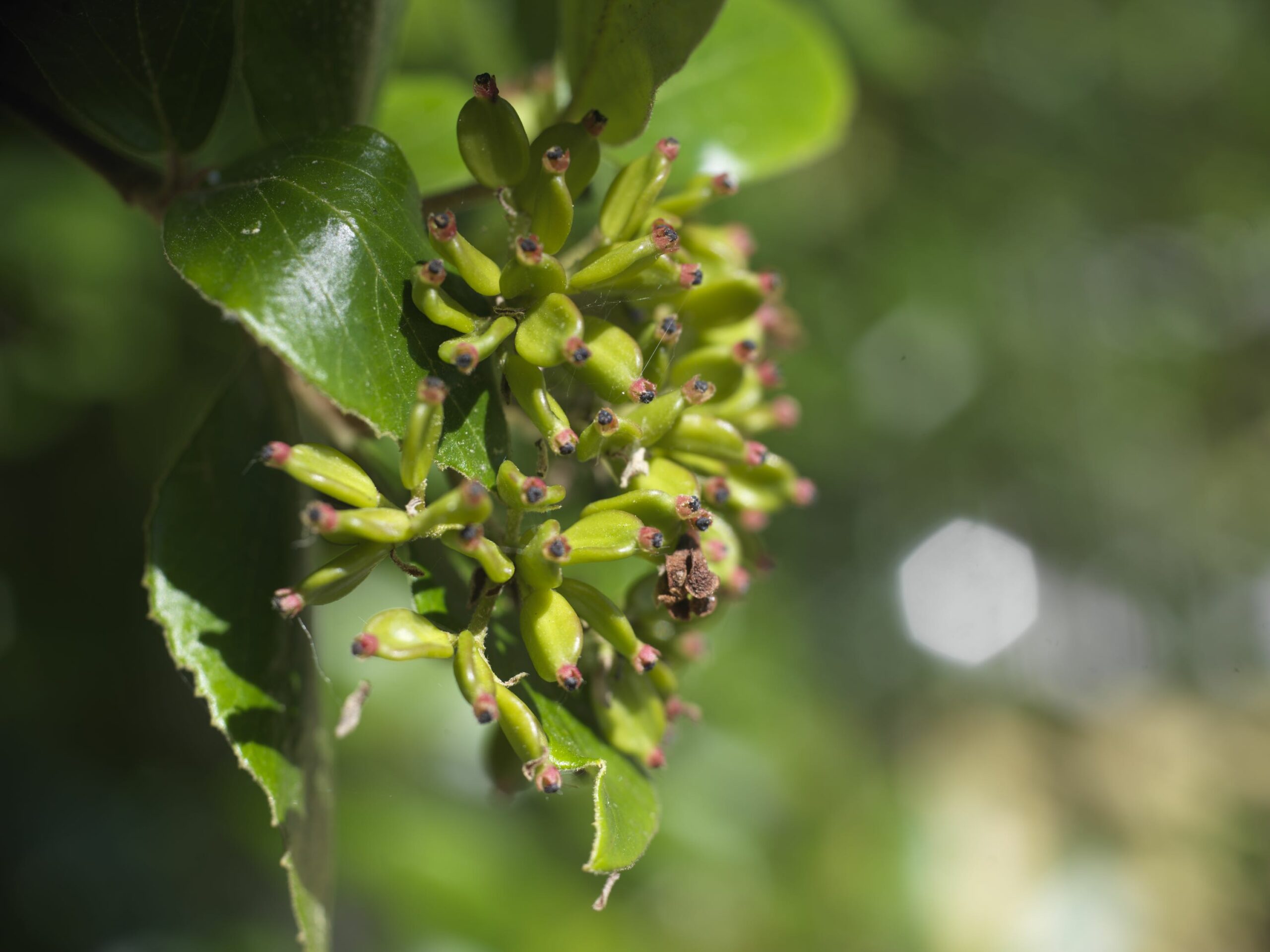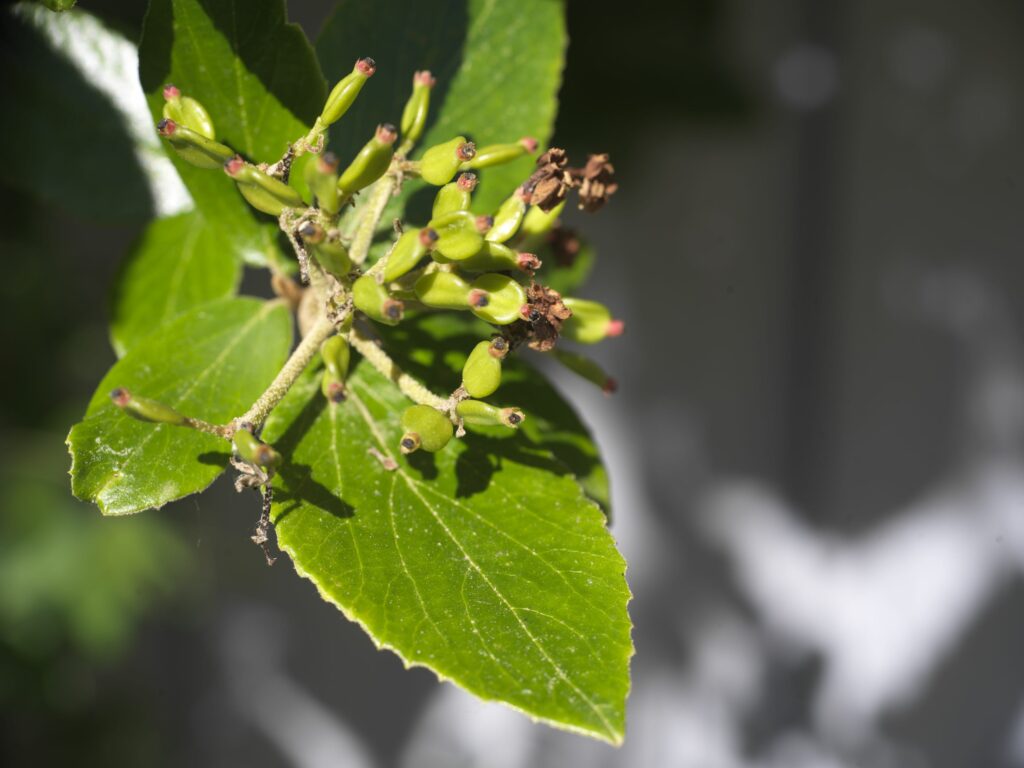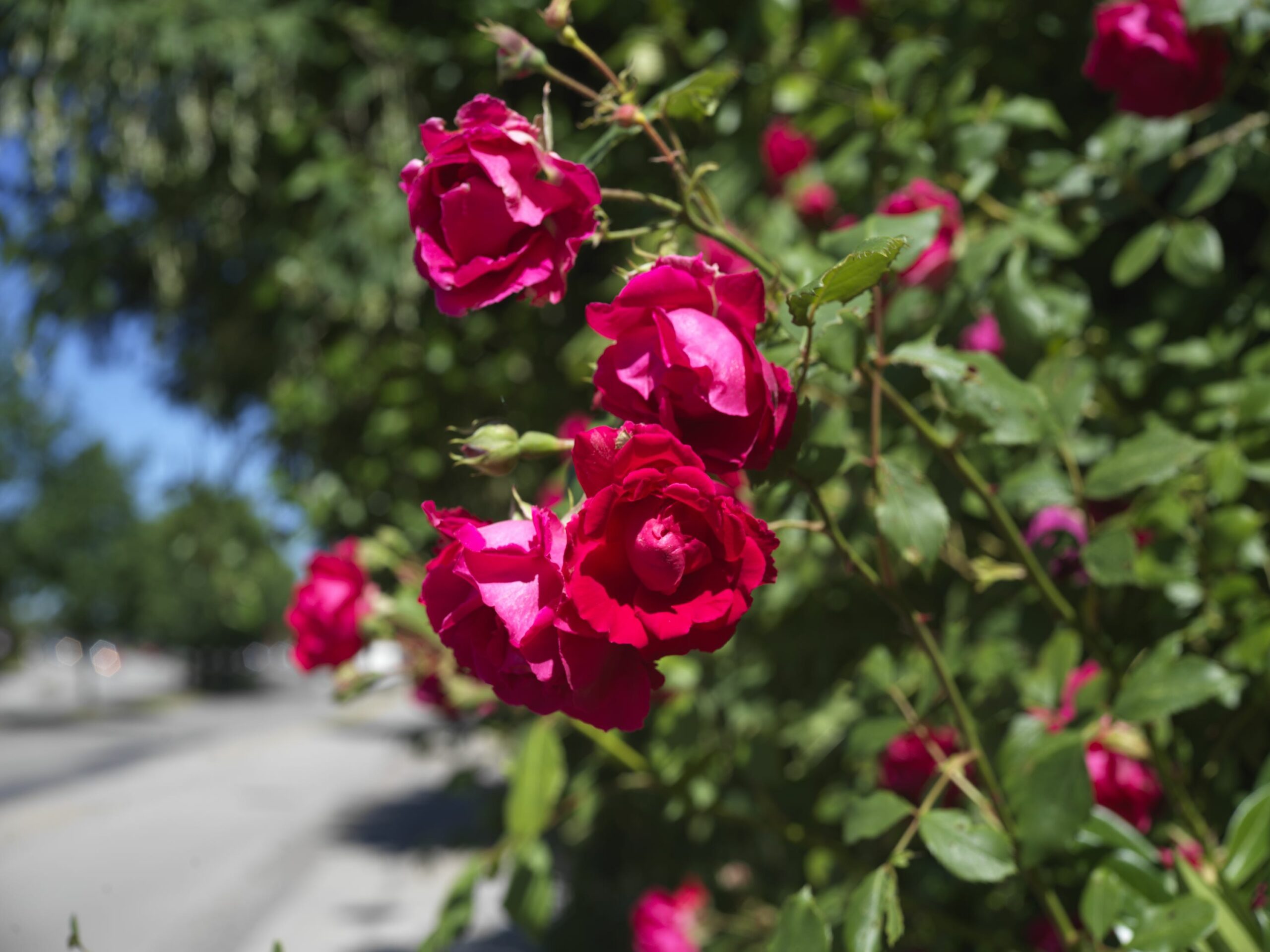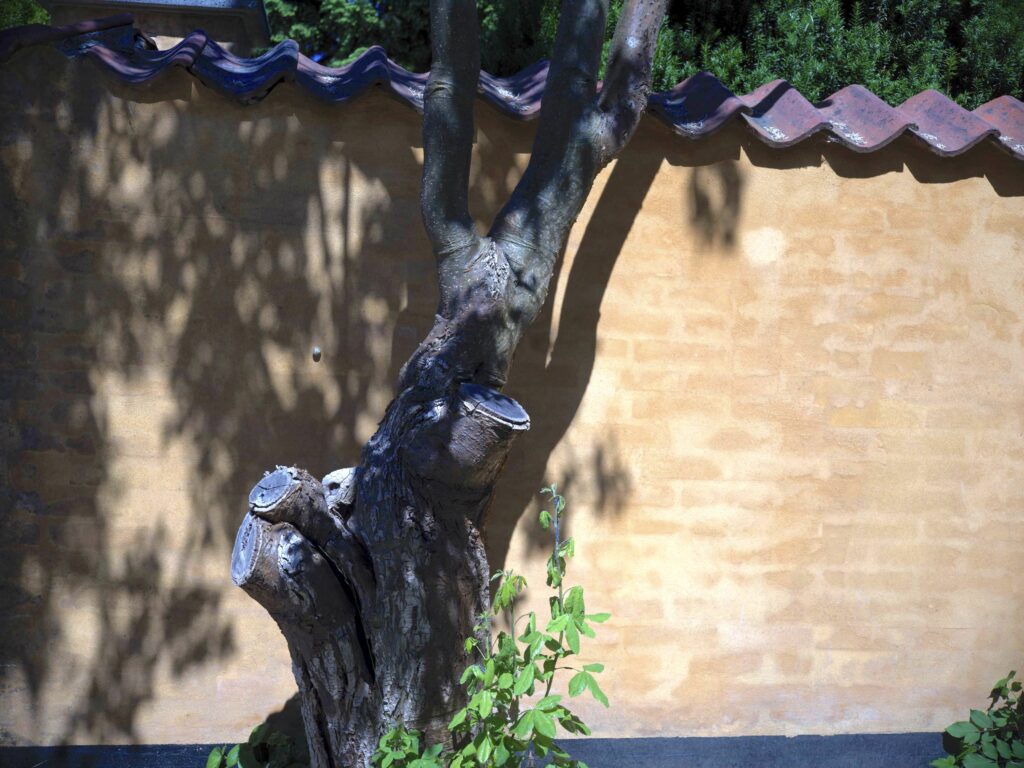Notice this is work in progresss, and the article is not finished, but you might read those parts I have written now.
For this fourth article in my series I have reviewed a number of fine lenses made by Yashica and Olympus. All lenses are 30-40 years old, but I have been amazed with the results I have achieved with most of them. Of course not all perform equally well, but in general there has been more positive experiences than disappointments. Actually, these lenses has in general been more rewarding than any other series of lenses I have tested so far. My first article in this series looked at Canon FD lenses, though the fantastic Canon FD 85mm f1.2 didn’t find its way to me before I wrote the third article, but the Canon lenses weren’t that well performing in general. A few of them were quite nice, but the general impression wasn’t anywhere near my experience with the lenses from Yashica and Olympus. That said the Canon lenses perform well with full frame/35 mm cameras, and also on APS-C cameras with their smaller sensor.
When using vintage lenses on the larger sensor of the Hasselblad X1D II camera, and on the Fujifilm GFX 50 Mpx cameras that use the same sensor, the challenge is both resolution, vignetting, and sharpness. If the old lenses doesn’t completely tick all these boxes, they must provide something else, and many reward you with other characteristics like sublime colours, and a general vintage look that might bee too soft for some, but very often appeal to me. Though, in general I prefer lenses that actually tick all the boxes without loosing the vintage look, and this time I’m so happy with the results, Yashica and Olympus have done an amazing job back in the day, where these vintage lenses was produced.
The list of lenses, that I have reviewed/want to review this time is:
- Yashica ML 50mm f2
- Yashica ML 35mm f2.8
- Yashica ML 75-150 Zoom f4
- Olympus Auto-Macro 50mm f3.5
- Olympus 50mm f1.8
Yashica 50mm f2
A nice and well manufactured lens, that was made by Yashica after licensing the Contax brand from Zeiss back in 1973. Yashica produced all the cameras with the Contax/Yashica mount, while Zeiss produced high end glass and Yashica made more affordable lenses, that still held quite high quality. The lens is mainly a metal construction with a rubberized focus ring and a clickable aperture ring going from 2.8 to 16. All in all nice, although nothing special compared to contemporary lenses.
First images were a pleasant surprise as I found very little vignetting, and very nice color rendering. Even shooting in bright light with light objects inside the frame, the color and contrast seemed to persist, which is somewhat unusual with vintage lenses.
Continued shooting also proved the background out-of-focus rendering generally nice, though at some distances the blurring becomes a little nervous as in the image of an object lying on a table. Usually, it is really nice as in the last image example with the roses, where the background seems to melt away. All shots below are done at f2, and I must say I am very pleased with the general sharpness even at this open aperture. Kudos to Yashica to make such a sharp lens in the time, where a lens was construction was calculated by hand and not by computer.
To sum it up, this lens provides high degree of sharpness, good color rendering, no vignetting on the big Hasselblad sensor, usually nice background out-of-focus rendering, very good handling of bright light shining into the lens, how can I do anything but give this lens my warmest recommendation? Considering that this lens can be had for as little as 30-40€, it’s a real bargain.
Yashica ML 35mm f2.8
Another nice looking and compact lens made by Yashica, and a lens that performs remarkably well. Like the 50mm it’s a metal construction with a sturdy feeling to it, but rather light and compact compared to lenses like a Canon FD 35mm f3.5.
The first shots I made with this lens was some leaves and flowers just outside my house, and my immediate reaction was “WOW”. The colors seemed so vibrant and I could see right away that there was almost no vignetting. Sharpness also seemed very decent all over the frame, although it was hard to judge from that single shot.
Next shots from some short walks confirmed the initial impression. The shots also show that you can get background separation on a 35mm or the 28mm it corresponds to on full frame even when shot on f5.6. Colors are nice with sparkling red poppies, deep blue sky and fresh green leaves and grass. There are small traces of vignetting, but nothing disturbing, and if I wanted to, I could easily correct it in post-production. But to give you the best basis for your own judgement, for the review I show the result right out of camera without any correction.
I can conclude, that the Yashica ML 35mm f2.8 is a quite decent lens, that I can highly recommend both for its color rendition, its sharpness, and the almost non existing vignetting. On the Hasselblad camera it is nice wide perspective, and it sits very nicely on the camera due to its compact size.
Yashica ML 75-150mm f4
Older zoom lenses generally doesn’t provide very sharp images on modern high resolution cameras, but sometimes they give other bonuses, and this was my low expectations when I started reviewing this 75-150mm zoom lens. Contrary to this, this unconspicouos lens proved to be quite a performer.
At the first shoot I was looking for vignetting in the images, but only found minor amounts, a bit at 75mm, very little at 150mm. Already here it did stand out from the crowd of vintage zoom lenses, most of these show much vignetting, and most of them vignette heavily at one end of the zoom range.
Background blur also is very pleasing in the image as in the shot of a branch with leaves. The fallen tree and the green leaves in the background is distinguishable but clearly separated from the foreground, although some of it has almost same color. Actually, there is almost a swirly look to the background, like from the famed Russian Helios lenses. The color rendition of this lens is also pretty nice, greens are bright, blues are distinct, reds are vibrant, clearly a winner also in this respect.
Sharpness is decent though not stellar, but that would also be very unlikely from a vintage zoom lens. Even modern zoom lenses struggle a little compared to prime lenses with their fixed focal length. Looking at the details in the image below it is clear that the sharpness is sufficient in connection with this lens’ other characteristics.
I am amazed by the work Yashica did in the seventies, all the three lenses I have reviewed has provided nice and sharp images with little to no vignetting, and very pleasing colors. Even the zoom lens comes highly recommended. I haven’t looked into pricing on eBay, as I bought my own lenses together with four Pentax lenses for a total of 30€, what a bargain that was. But they all had dust, fogging, and even fungus in some, and the previous owner considered all lenses dead. I disassembled them and cleaned them, though there is still small amount of residual fungus in some, but it doesn’t seem to affect image quality. I would happily pay the price of them all for one single of these in almost flawless condition.
I use all these Yashica lenses both on my Contax analog camera, on my Sony A7, and now also on my Hasselblad, and I am always very content with the results.
Olympus Auto-Macro 50mm f3.5
It is often said, if you want a lens that is sharp even in the corners wide open, go for a macro lens. They tend to have their most open apertures around 2.8 to 3.5, and that certainly helps provide sharpness compared to very fast lenses having apertures of around 1.2 to 1.8. The most open aperture is already stopped down 2 to 3 stops compared to the fastest lenses. My expectation for this lens was for it to provide good sharpness, but I wasn’t very optimistic when it comes to vignetting, as all previous macro lenses I have tested seems to vignette quite a lot when focusing very close.
Nevertheless, this macro lens wasn’t like that, it actually showed very little to no vignetting. What a joy to find a macro lens that actually performs well with regard to vignetting on the Hasselblad sensor. What then about background blur, sharpness, and color rendition?
First two images show the character of the background blur with respectively full open aperture and f5.6, and here I find the character of the bokeh balls at f5.6 to be rather disturbing. The angular aperture blades gives a distinct look to the highlights in the background. You may like that look, but I don’t. It can be avoided by using the most open aperture or by stopping down even further. You may also notice, that even with these highlights in the image there is an extremely good contrast in the image.
Objects in different colors are all rendered very nicely, greens and reds are vibrant, yellow just a slight bit more muted, but all in all, this lens produces very pleasing colors. Sharpness is, like expected from a macro lens, extremely high, and the sharpness covers the whole image frame, very nice performance.
Summing it up for the macro lens, I am very pleased with the results. Very high sharpness corner to corner, pleasing colors, next to no vignetting at all apertures, and really good contrast even when highlights are in the frame. The only thing that bothers me is the angular bokeh balls when the lens is stopped down a bit, I would like it to have more rounded aperture blades. Nevertheless, as a whole this is a very interesting lens, that allows you to get sharp macro images down to a reproduction ratio of 1:2. I got mine free together with an Olympus camera that I sold for the same price as the total package, but I would gladly pay up to 50-60€ for this fine lens.
Olympus 50mm f1.8
This lens used to be the kit lens sold together with most of the Olympus OM cameras. I got mine together with an Olympus OM10 that I still use with film, but right now I’m testing it on the Hasselblad digital medium format camera. Olympus was known to produce very good optics, but can it live up to the amazing performance of the 50mm macro. At least is has an aperture of f1.8 that might deliver even more pleasing background blur, but it can’t focus as closely as the macro lens, and is sharpness in the same class as the macro lens?
You can find the next article in the series here: Adapted lenses test #5.
